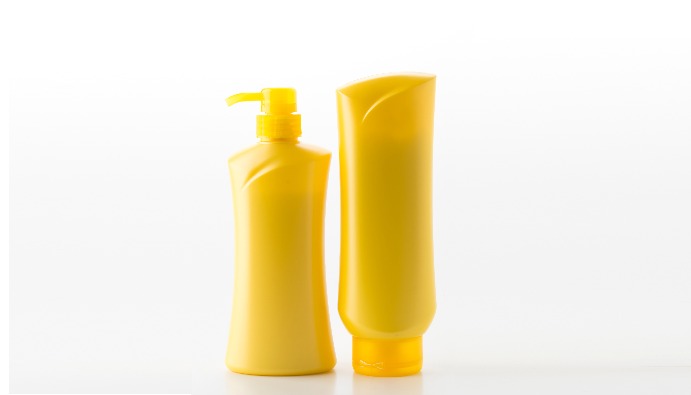Determination of Formaldehyde in Cosmetics
What are the Uses of Formaldehyde? Formaldehyde Danger...

What is Formaldehyde?
Formaldehyde; It is a group of aldehyde family obtained by oxidation of methanol with low molecular weight, irritating properties, gaseous, colorless, pungent odor at room temperature.
Which Products Contain Formaldehyde?
- Paint and plastic products
- Insulation materials, fiberboard and plywood materials
- Textile products
- Carpets, furniture, wall coverings
- Cleaning materials, disinfectants
- Each cigarette pack contains an average of 0.38 mg.
- Ensuring that biological samples are kept intact
- Cosmetics
What are the Effects of Formaldehyde on Human Health?
Long-term exposure to formaldehyde causes great harm to human health.
- It causes brain cancer, colon cancer, blood cancer.
- It causes diseases in the respiratory system, nervous system and digestive system.
- It damages germinal cells in the reproductive system.
- In acute exposure, it causes problems such as burning sensation in the throat, nose, cough, shortness of breath.
- Lung cancer rates are high in workers occupationally exposed to formaldehyde.
- Formaldehyde inhibits some enzyme activities.
Determination of Formaldehyde: Methods and Tests
Different analysis methods are used to determine formaldehyde levels in cosmetic products. These methods are critical to ensure the safety of cosmetic products and to comply with legal regulations.
- Spectrophotometric Methods: Spectrophotometric testing is a common method for the detection of formaldehyde. This test is based on the absorption characteristic of formaldehyde in the product and the formaldehyde concentration is calculated from the light absorption values at specific wavelengths.
- Gas Chromatography (GC): Gas chromatography is a highly sensitive technique for determining formaldehyde levels in cosmetic products. This method is based on the principle of gassing formaldehyde, passing it through a column and detecting it. GC can detect even very low levels of formaldehyde.
- High-Performance Liquid Chromatography (HPLC): High-Performance Liquid Chromatography (HPLC) is another sensitive technique for detecting formaldehyde in liquid samples. With this method, it is possible to separate different chemical compounds and determine the concentration of formaldehyde.
- Colorimetric Methods: This is a simple test by observing the color change of formaldehyde. The color change is achieved through the use of chemical reactors sensitive to the presence of formaldehyde. This method is generally preferred for rapid and economical testing.
Nanolab Laboratories Group continues to provide services within the scope of Formaldehyde Determination in Cosmetics. We also provide services in Mineral Oil Determination in Cosmetic Products.
Contact us for more information.
You can follow us on LinkedIn for up-to-date news and posts about our services.
Follow our Instagram account to be informed about our latest blog posts.

